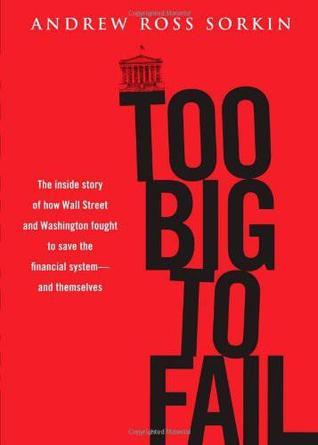Most banks valued their illiquid investments simply at the price they paid for them, rather than venture to estimate what they might be worth on any given day. If they later sold them for more than they paid for them, they made a profit; if they sold them for less, they recorded a loss. But in 2007 that straightforward equation changed when a new accounting rule, FAS 157, was enacted. Now if a bank owned an illiquid asset—the property on which its headquarters was located, for example—it had to account for that asset in the same way as it would a stock. If the market went up for those assets
...more
Welcome back. Just a moment while we sign you in to your Goodreads account.


